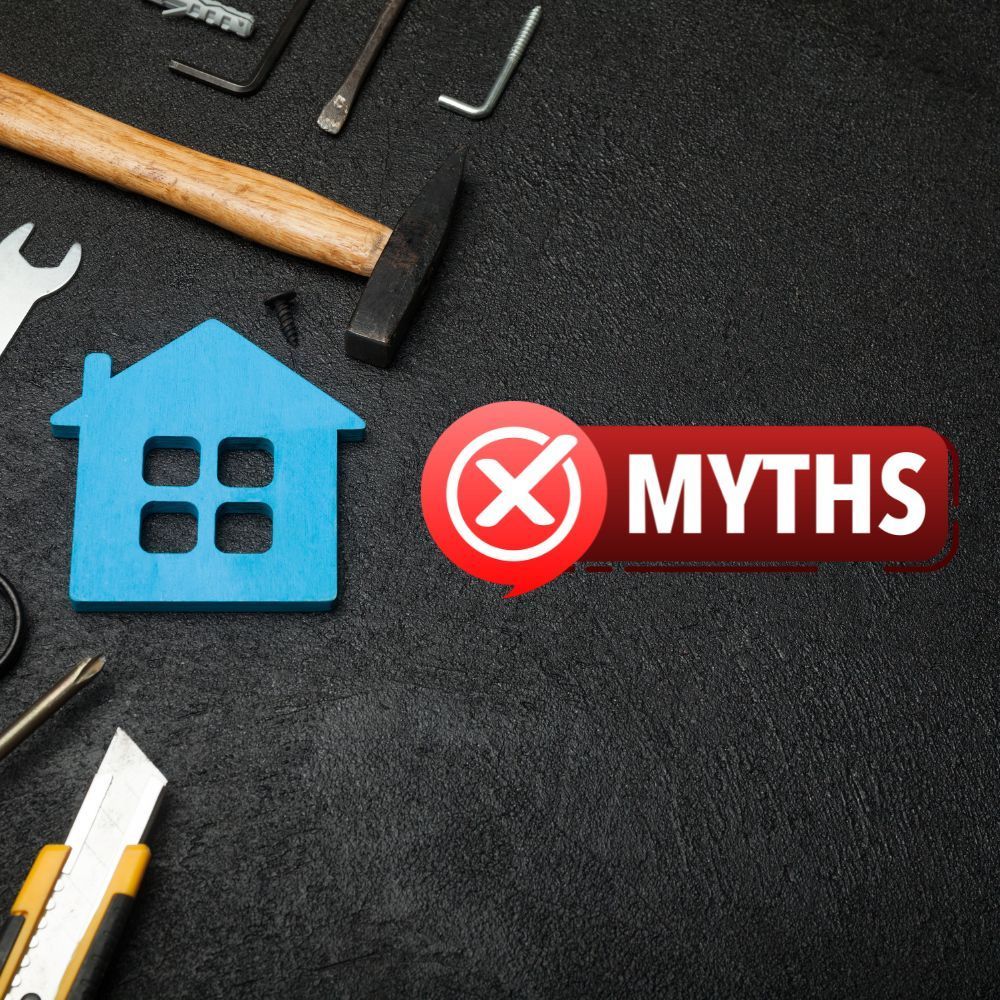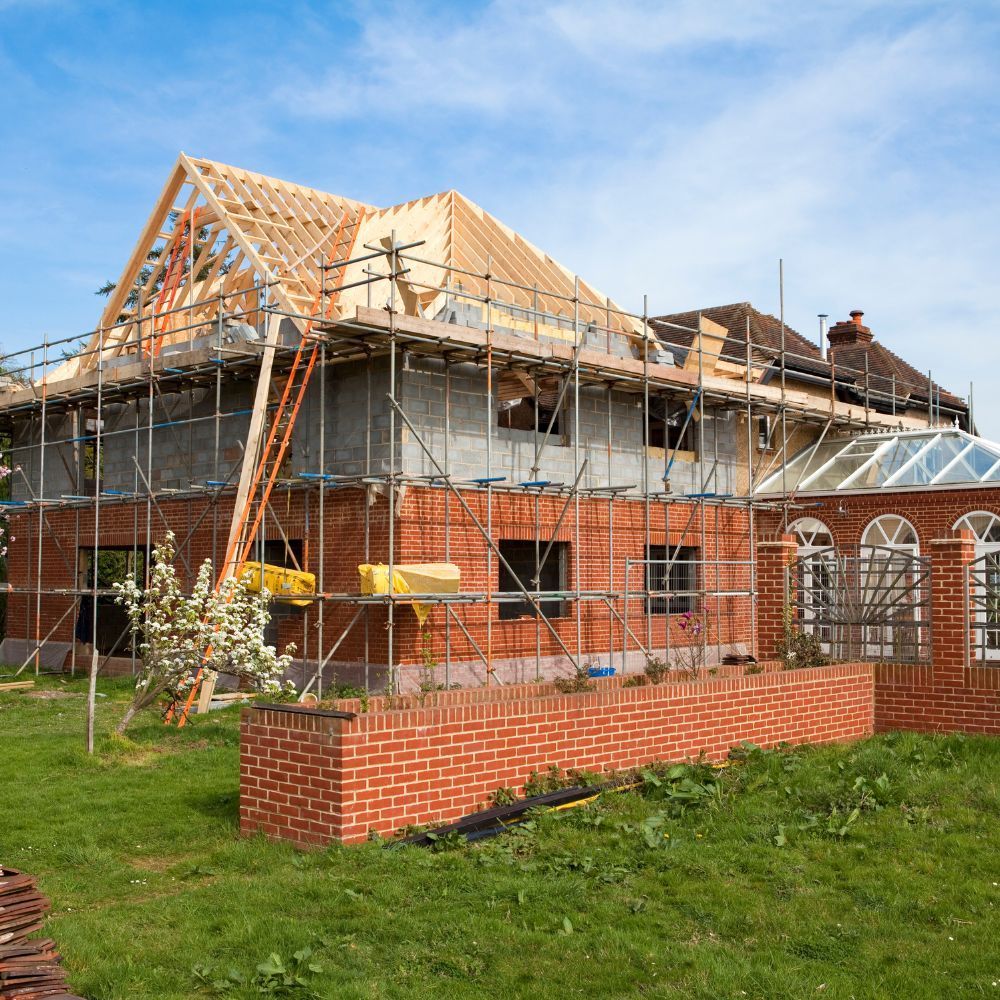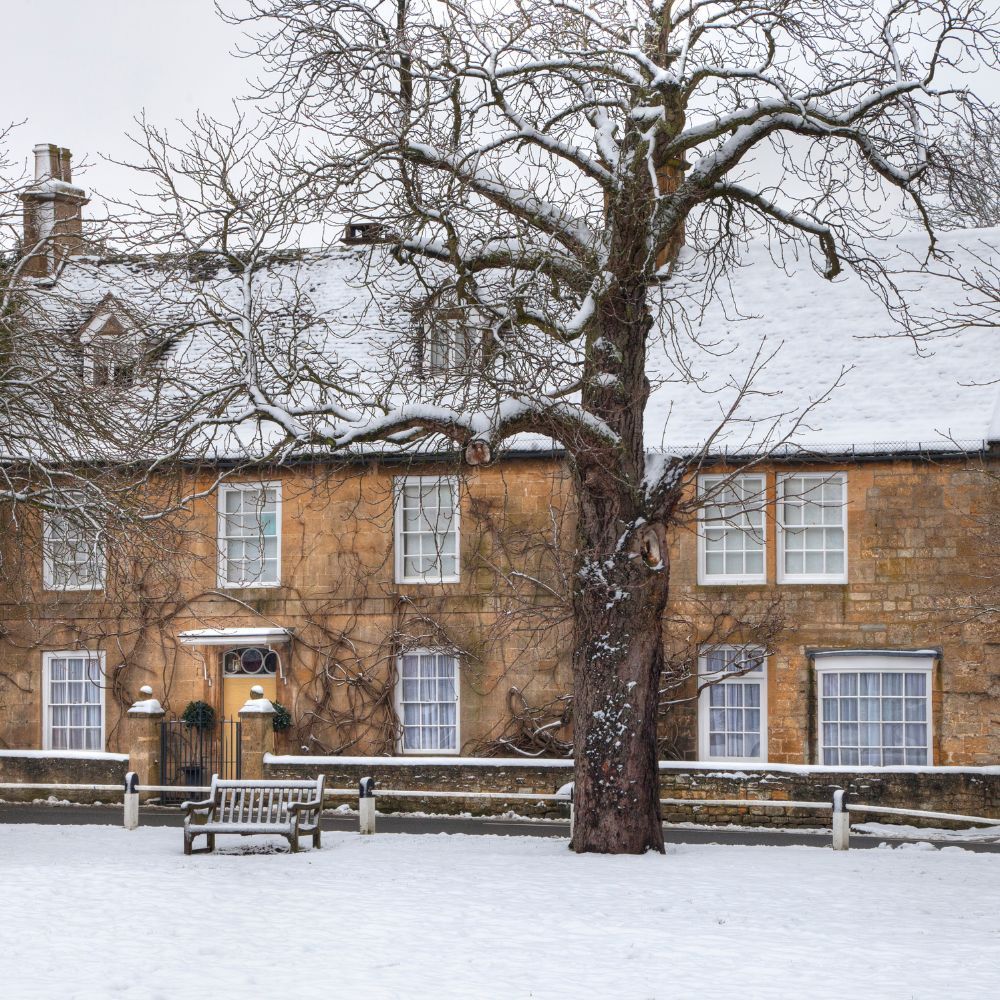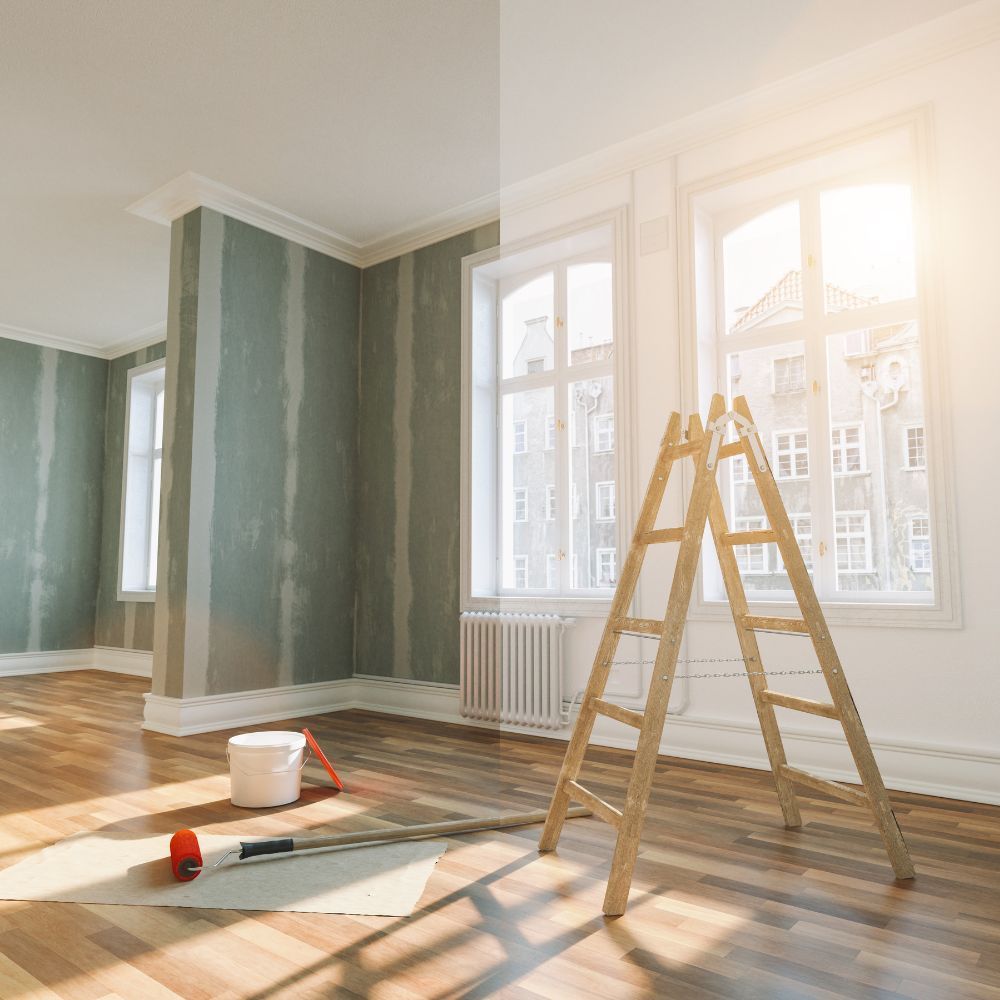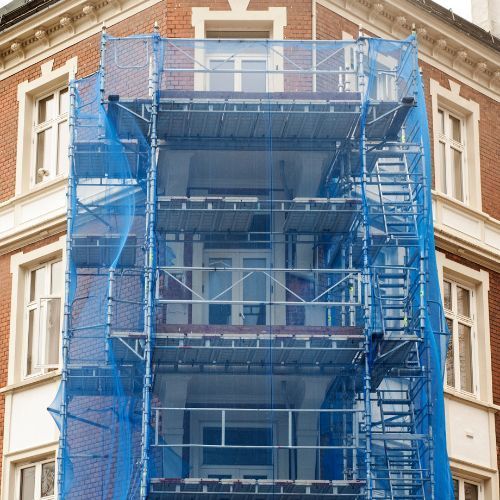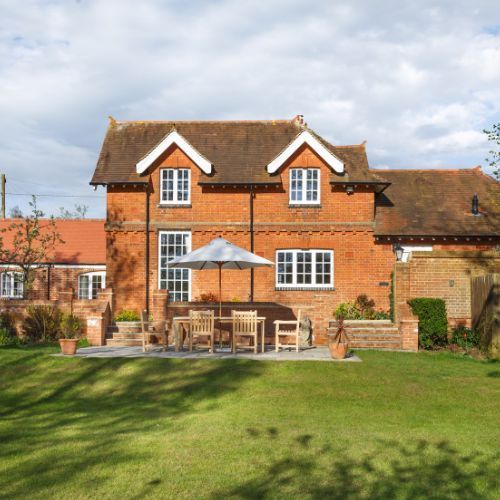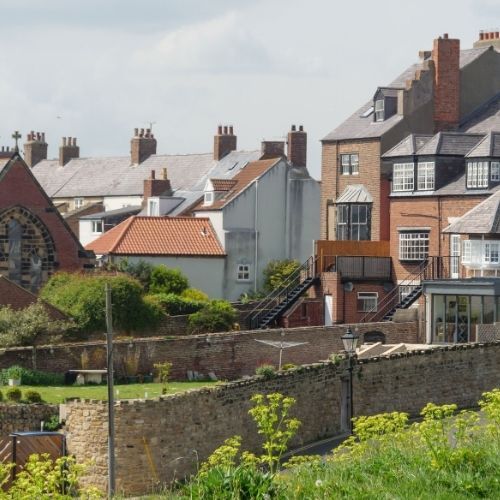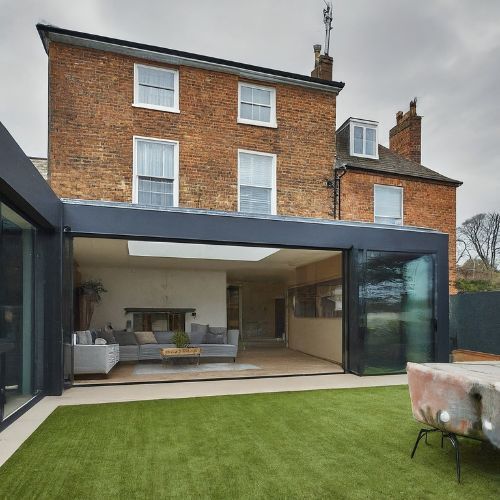Identifying the Need for Lime Pointing Maintenance in Your Building
A Guide to Timely Repairs for Property Preservation

Lime pointing is essential for the upkeep of older buildings, ensuring their structural integrity and visual appeal. Unlike cement-based mortars, lime mortar provides the necessary breathability for buildings, accommodating movement and facilitating moisture evaporation. Over time, lime mortar will inevitably show signs of wear, necessitating routine maintenance to sustain the building's condition. Point Builders shares insights on how to recognise when your building might require lime-pointing maintenance, underlining the importance of addressing issues promptly.
Recognising Lime Pointing Deterioration
1. Crumbling Mortar: The most noticeable indicator of needing maintenance is when mortar begins to fall away from the joints. This can create openings that allow water to seep in, potentially leading to structural concerns if left unattended.
2. Colour Changes or Staining: Any significant alteration in the colour of the mortar or the appearance of staining might suggest issues with moisture management. This could be a result of the mortar becoming overly dense or salt deposits, which might also lead to the formation of a white, powdery substance known as efflorescence on the surface.
3. Growth of Moss and Plants: The emergence of moss or plants in the mortar joints is a sign that moisture is being retained, impacting both the building's look and the condition of the mortar as plant roots expand.
4. Internal Dampness: Signs of dampness or mould within the building, particularly around mortar joints, indicate that the mortar may no longer be effectively controlling moisture.
Why Timely Repairs Matter
Overlooking maintenance needs can escalate into bigger, costlier problems, from structural issues to heightened dampness and repair expenses down the line. Addressing repairs early can help maintain the building's stability, historical value, and appearance. Additionally, keeping lime mortar joints in good condition is key to the building's energy efficiency, helping to manage moisture and prevent dampness.

Steps for Effective Maintenance
1. Assessment: Begin with a comprehensive evaluation of the mortar's condition, best performed by professionals who can pinpoint areas needing work and recommend the appropriate lime mortar.
2. Removing Old Mortar: The next step involves carefully removing deteriorated mortar, a delicate process that should avoid damaging the bricks or stones.
3. Applying New Lime Mortar: The application of new lime mortar requires expertise, ensuring it matches the original in terms of composition, colour, and texture for a repair that blends seamlessly with the building's historical character.
4. Curing Process: Lime mortar needs time to cure properly, with the area kept moist to facilitate setting. This slow curing is vital for the longevity and performance of the maintenance work.
Conclusion
Maintaining the lime pointing of your building is a key aspect of property conservation, especially for older structures. Point Builders offers professional services in traditional building restoration and lime-pointing maintenance, aiming to keep your property in sound condition.
If you have noticed any signs of wear in any of the mortar joints of your building, addressing these sooner rather than later is advisable. For more information on our services or to get help with your building, visit www.pointbuilders.co.uk. Ensuring your lime pointing is in good condition is a straightforward step towards preserving your building's integrity and appearance.

